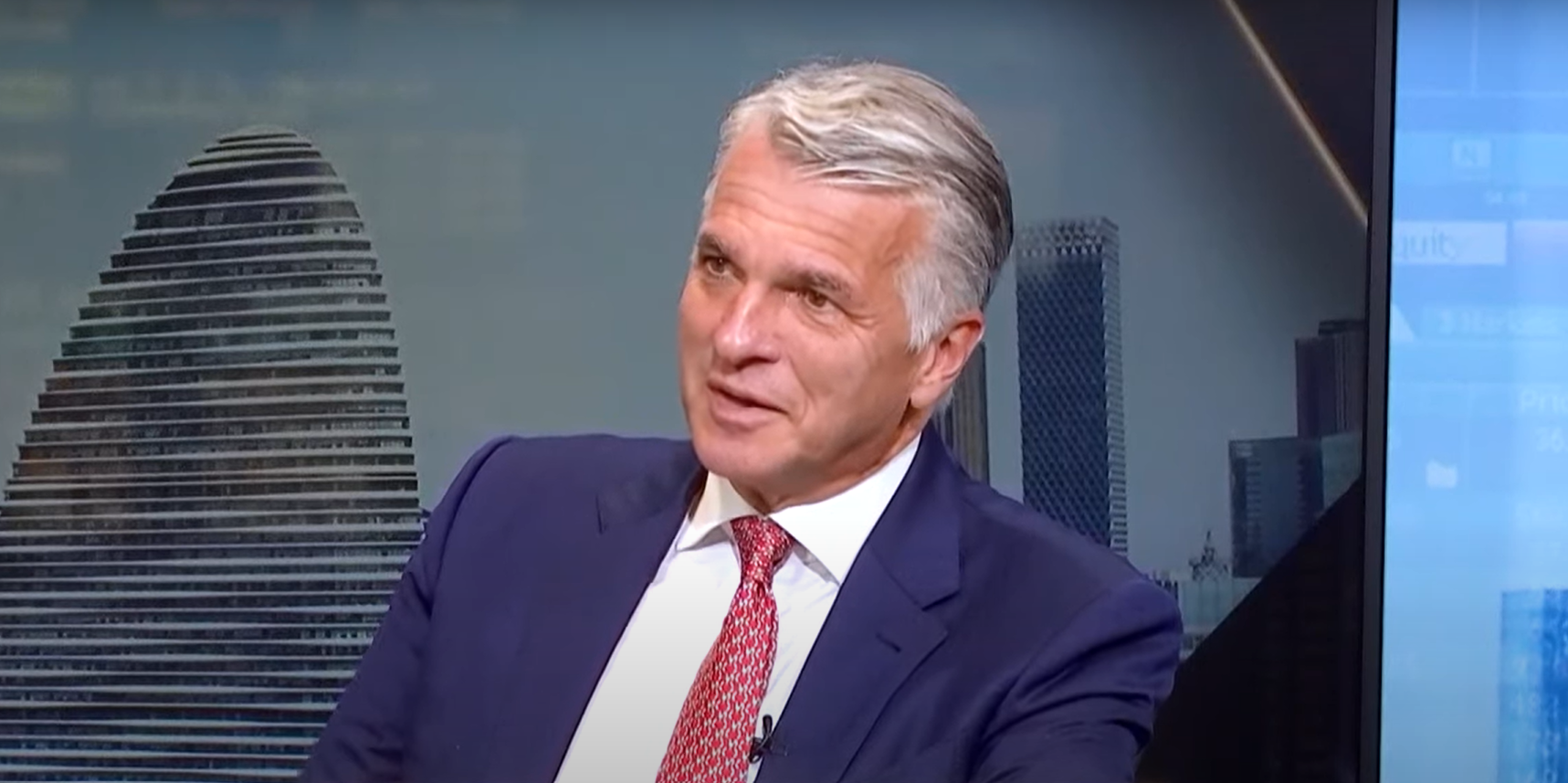If you’ve been hearing a lot about “tariffs” in the news lately and wondering why that matters to you, here’s the deal: your next trip to the store might start feeling a little more expensive, and it’s not just about inflation. New tariffs on goods from China are expected to kick in by the end of May, and experts say that means higher prices for everything from electronics to toys.
But this isn’t just a short-term price bump. It might actually change how we all shop moving forward.
So, What’s Happening?
Gary Cohn, a former top economic advisor to Donald Trump, recently explained that U.S. consumers will start seeing the impact of these tariffs in stores by late May. That’s because it takes time for imported goods to make their way through the global supply chain: shipping from China, getting processed, and landing on shelves.
And once they do, the cost of those goods, now taxed at a higher rate, will be passed on to us, the shoppers.
People Are Already Buying Differently
We’re already seeing a bit of a panic-buying trend. Car sales, for instance, are way up, because people are trying to lock in purchases before prices rise. It’s the same story with big appliances and tech gear.
But what happens after May, when prices on everyday goods start to climb? Most likely, people will get more cautious. We could see more bulk-buying, more deal-hunting, and maybe fewer impulse purchases. In short, people will stretch their dollars further, and retailers will have to work harder to keep them coming back.
Why Small Businesses Are Feeling the Heat
The big chains like Walmart and Amazon might have some room to absorb these new costs, but smaller businesses? Not so much.
Take toy stores, for example. Some are facing tariffs as high as 145% on the products they normally stock for the holiday season. That’s a huge hit. Many are now rethinking how much to order or whether they can afford to stay open at all.
So if you notice fewer small businesses around, or if your favorite local shop has empty shelves or higher prices, this is part of the reason why.
Behind the Scenes: Supply Chains Are a Mess
A big part of the problem is what’s happening behind closed doors, specifically in shipping and logistics. According to recent reports, container bookings between the U.S. and China are down a whopping 64%. That means goods aren’t just more expensive, they’re also harder to get.
Retailers are already dealing with delays and shortages, and that could lead to longer wait times for online orders or fewer options in stores. It’s not just about economics anymore; it’s also about convenience.
Lower-Income Shoppers Will Feel It First
Another tough reality is that these tariffs won’t affect everyone equally. Lower-income households, who spend a bigger chunk of their income on essentials, will likely feel the pinch first. Everyday products like food, clothing, and home goods are often the ones hit hardest by price hikes.
The government has floated the idea of offering tax cuts to offset some of these costs, but nothing’s set in stone, and it’s unlikely to happen fast enough to prevent the impact.
What Can We Expect Moving Forward?
If this trend continues, we might see a shift in how people shop and how stores sell. Expect to see:
- More sales and discount strategies to keep customers loyal
- A rise in store-brand and budget-friendly options
- Retailers looking for new suppliers outside of China (which could take time)
One way or another, things are going to change, for shoppers and businesses alike.
Bottom Line
This isn’t just about politics or global trade anymore. It’s about everyday life. Whether you’re shopping for school supplies, planning your holiday gifts, or just restocking household basics, expect to pay a bit more, and maybe change how you shop along the way.
The good news? Being aware of what’s coming means you can plan ahead, look for deals, and make smarter choices. And that’s something worth staying informed about.










Leave a Reply